Isolated Splitter for Analog Signals
138,00 € excluding VAT
The Isolated Splitter for Analog Signals is a vital component in automation systems, facilitating the connection of an analog signal from a measurement device to two processing units. It supports 4-20mA, 0-10V, and 0-5V signals, offering dual output functionality. A notable feature is its four-way Galvanic Isolation, reducing interference and ground potential differences. It’s equipped with 3500VDC isolation, TS-35 DIN rail mounting, +/-0.1% accuracy, and a power LED. Ideal for industrial automation, it reduces errors from noise and signal interference, safeguarding sensitive equipment like PLCs. Manufactured in the EU, it upholds high manufacturing standards.
Delivery within 2-3 days across the EU and 7-10 days worldwide
*Delivery dates may change based on your quantity and delivery address.
All orders are delivered by DHL ![]()
Enjoy free worldwide shipping on orders over 500EUR
Technical Overview
The Isolated Splitter for Analog Signals is a critical component in automation systems, designed to connect the analog signal of a measurement device to two separate processing units. This ensures accurate and reliable data transmission.
Signal Compatibility
This splitter accommodates a variety of standard analog signals, including 4-20mA, 0-10V, and 0-5V. The specific models and their respective input and output capabilities are as follows:
| Order Code | Input | Output1 | Output2 |
| LSP-IAS-020 | 0(4)-20mA | 0(4)-20mA | 0(4)-20mA |
| LSP-IVS-010 | 0-10V | 0-10V | 0-10V |
| LSP-IVS-005 | 0-5V | 0-5V | 0-5V |
Functionality
The Isolated Splitter provides dual output functionality. For instance, the output of a temperature transmitter can be connected to the splitter’s input, with output1 linked to a Programmable Logic Controller (PLC) and output2 connected to a display. This configuration enables effective system monitoring and control.
Galvanic Isolation
A key feature of the splitter is its four-way Galvanic Isolation. This isolates the Input, Output1, Output2, and the power supply from each other, significantly reducing the impact of interference and ground potential differences.
Features
The Isolated Splitter for Analog Signals includes the following features:
- Four-way isolation
- 3500VDC isolation
- TS-35 DIN rail mounting
- +/-0.1% accuracy
- IP40 case
- Screw terminals
- Power LED
- Supply voltage 24VDC
- Manufactured in the EU
Industrial Automation Applications
The Isolated Splitter for Analog Signals is particularly useful in industrial automation. In short, mitigates errors caused by noise and signal interference and protects sensitive equipment, such as PLCs, from potential hazards.
Application Example
In a scenario where a temperature sensor operates in a 4-20mA current loop, and you need to record the temperature in data acquisition hardware while controlling a manufacturing process with a PLC, the Isolated Splitter for Analog Signals is a really useful device. It isolates the input signal and provides two isolated output signals. You need to connect your sensor to the input, the data acquisition hardware to Output 1, and the PLC to Output 2. The outputs should be loop-powered for efficient operation.
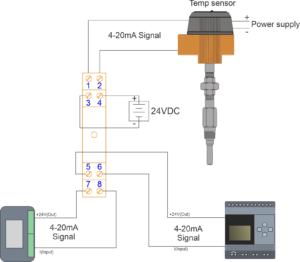
Below, you can see an example video of how the Isolated Splitter for Analog Signals is connected to the 2 measuring devices, doubling one input signal.

You can also choose our Isolated Signal converter and splitter. It is a “must-have” device if you need a signal conversion at the same time.
| Type | 0(4)-20mA, 0-10V, 0-5V |
|---|---|
| Supply voltage | 12 to 30VD |
| Typical current consumption | 25mA |
| Input | 0-20mA ; 0-10V ; 0-5V |
| Output1 | 0-20mA; 0-10V; 0-5V |
| Output2 | 0-20mA; 0-10V; 0-5V |
| Galvanic Isolation | 3500VDC |
| Working isolation voltage | 400 VRMS |
| Number of inputs | 1 |
| Input resistance current input | 100Ω |
| Input resistance voltage input | 10K Ω |
| Number of outputs | 2 |
| Output resistance current input | <500Ω |
| Output resistance voltage input | >1K Ω |
| Linearity error | 0.1% |
| Output accuracy | 0.1% |
| Limit frequency voltage type | 100Hz |
| Limit frequency current type | 1kHz |
| IP class | IP40 |
| Response time | 0.8 ms |
| Mounting | TS-35 DIN Rail |
| Weight | 82g |
| Dimensions | 114 x 99 x 12.5 mm |
Only logged in customers who have purchased this product may leave a review.
Downloads
Documentation for Isolated Splitter for Analog Signals LSP-IAS ENDocumentation for Isolated Splitter for Analog Signals LSP-IAS RO
Documentation for Isolated Splitter for Analog Signals LSP-IVS EN
Documentation for Isolated Splitter for Analog Signals LSP-IVS RO
CE Certificate for Isolated Splitter for Analog Signals







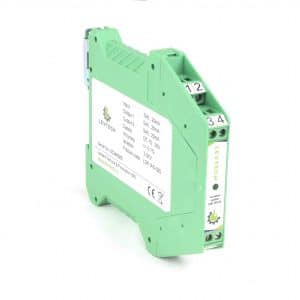
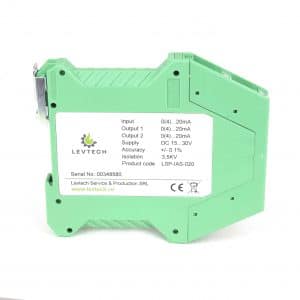






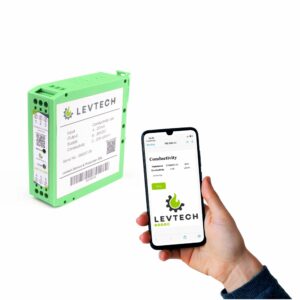
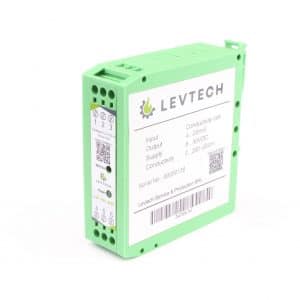


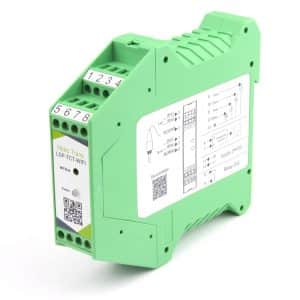
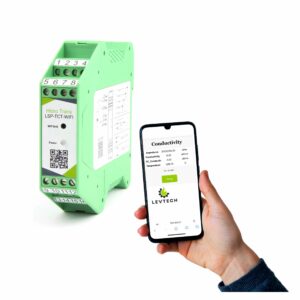
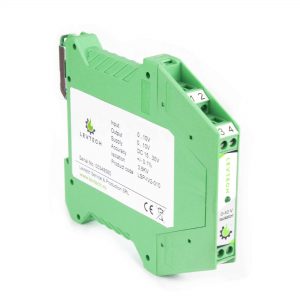
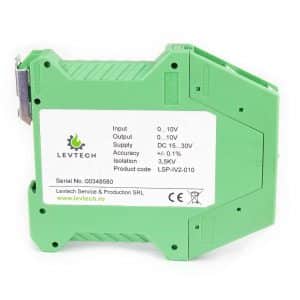
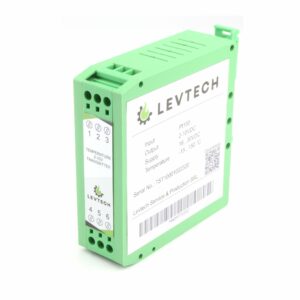
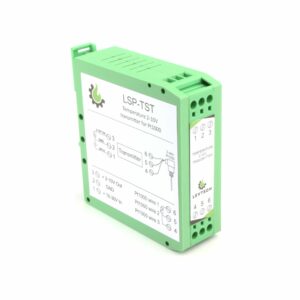


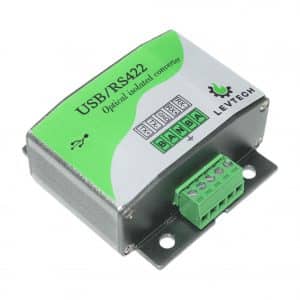
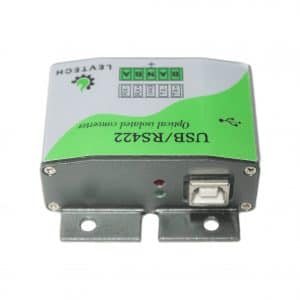
Reviews
There are no reviews yet.